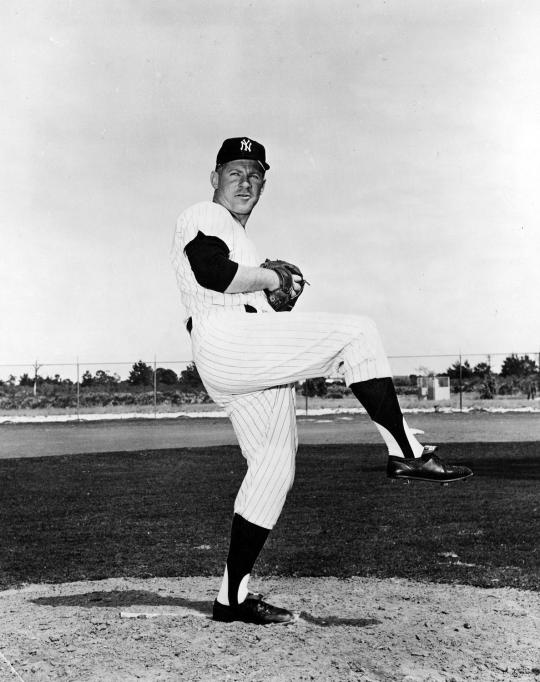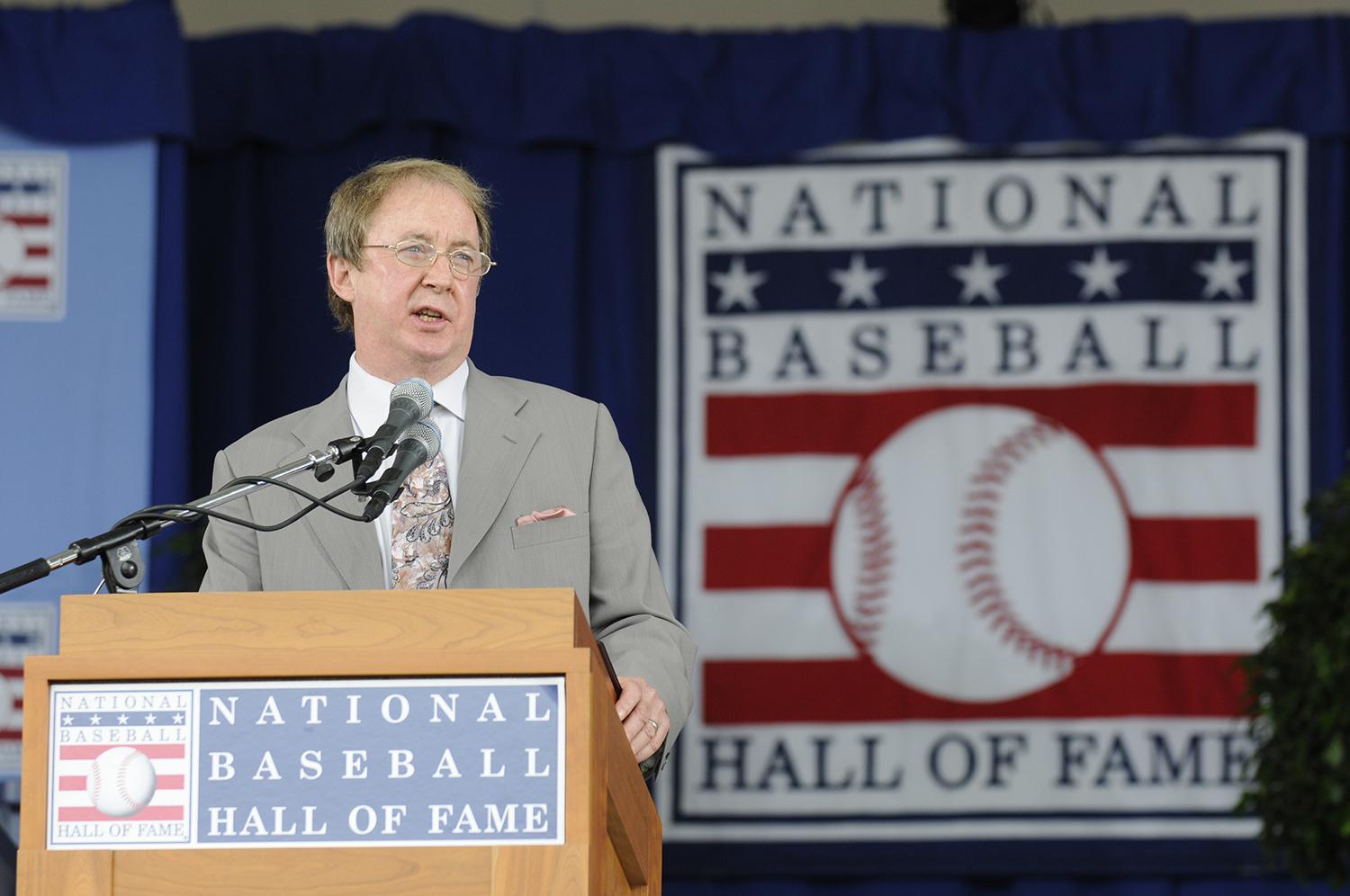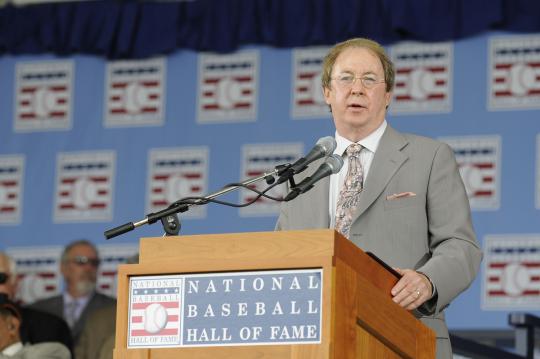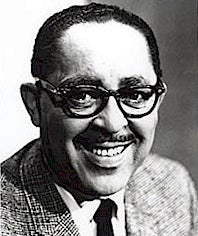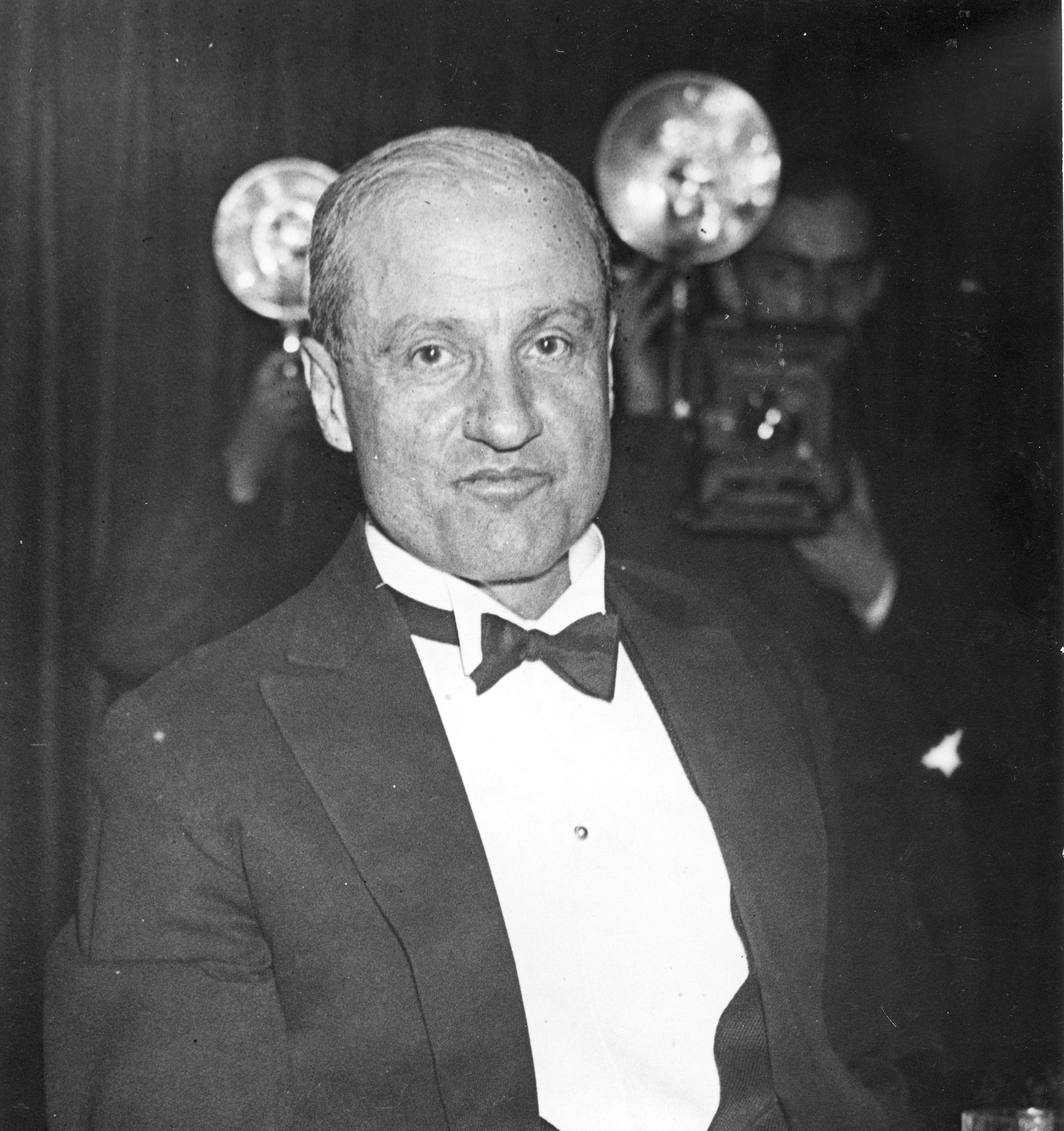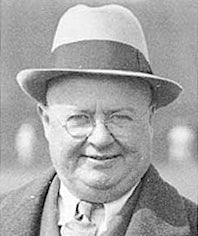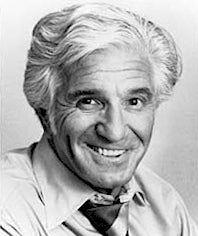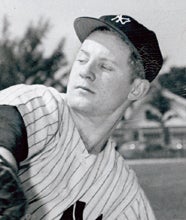For the most part, eventually I want [my materials] all to end up in Cooperstown because at least I know that they’ll be preserved up there. I wanted to make sure it went to a place where it would be appreciated
- Home
- Our Stories
- #Shortstops: Spink Award winner Bill Madden donates papers to the Hall of Fame
#Shortstops: Spink Award winner Bill Madden donates papers to the Hall of Fame
Please forgive longtime former New York Daily News baseball writer and columnist Bill Madden if he gets a bit emotional when discussing the donation of his files and research materials to the National Baseball Hall of Fame and Museum.
“These are like my babies,” the 2010 J.G. Taylor Spink Award winner said in a recent telephone interview.
In the last few months, Madden has delivered portions of his materials to Cooperstown, with several more shipments to come. Preparing to move out of his New York City area home, he has been gathering the files, audio cassettes, correspondence and other items which have served him well in almost 40 years at the Daily News and, before that, several more years at United Press International.
The files themselves have their origins at UPI, where Madden began his career in earnest in the early 1970s, not long after graduating from the University of South Carolina.
“I just kind of evolved into the guy that was in charge of the sports department’s morgue,” he said. “It was starting to fall into disrepair as far as people cutting out all the clips and putting them in these files. So I started doing it.
“When I left UPI, I had this terrible fear that someone was going to come in and either stop keeping these files up, or, even worse, to get rid of them. And that’s exactly what happened. … I took most of the baseball files with me when I left to go to the Daily News. Some of them I Xeroxed off and other ones I just took the whole files, so they were forever preserved.”
Those files, with Madden’s updates and additions over the past 45 years or so, will be forever preserved at the Baseball Hall of Fame’s Library, which also holds the work and papers of other Spink Award winners, including Wendell Smith, Sid Mercer, James Isaminger and Dick Young.
“For the most part, eventually I want [my materials] all to end up in Cooperstown because at least I know that they’ll be preserved up there. I wanted to make sure it went to a place where it would be appreciated,” said Madden, who first approached Hall of Fame President Jeff Idelson a few years ago with the idea of donating his career’s work.
Madden, who is “very honored to be in that company” of Spink Award winners whose materials have been donated to the Hall of Fame, put together those files but with contributions from others.
“Through the years, a lot of my contemporaries – older contemporaries, people like Harold Rosenthal, Eddie Pope, and other people – would tell me that they were getting rid of their clip files,” Madden said. “And I said, ‘No, no, no. Don’t do that. I’ll take them.’ And so my clip files, they’re intermingled with other writers’ clips that they had also saved through the years.”
In addition to the decades’ worth of clips – including those from Sport and Baseball magazines from the 1930s and 1940s, and from all of the first 20 or so years’ worth of Sports Illustrated magazines, which Madden himself clipped – there are correspondence with various baseball personalities, which Madden think will be highly interesting to researchers.
He described two letters in particular which came in the files he received from Rosenthal, a longtime baseball writer for the Herald-Tribune in New York. Madden used one letter, from New York Yankees scout Tom Greenwade, best known for signing Mickey Mantle, for his book 1954: The Year Willie Mays and the First Generation of Black Superstars Changed Major League Baseball Forever. Greenwade expressed his disappointment to Rosenthal that the Yankees would not let him sign Jackie Robinson.
Another letter, which Madden also used for 1954, was from a birddog scout named Joe Press.
“It’s a letter [from Press] to (Yankees head scout Paul) Krichell, telling him, imploring him to let him sign black players,” Madden recalled. “And he talks about he saw this player Mays in Alabama and … another famous Negro league player. … He said, ‘I don’t understand why you won’t let me sign these players.’ This was unbelievable stuff!”
If that is unbelievable, Madden called the audio cassettes featuring interviews done for his book Pride of October: What it was to be Young and a Yankee, published for the Bronx Bombers’ 100th anniversary in 2003, “gold.” Madden’s pursued a different angle in writing the book: Interviews with 18 individuals connected with various eras of Yankees history and to have them tell the team’s history as seen through their eyes.
“These guys all opened up to me like they had never opened up to anybody before. There are extraordinary stories in that book,” recalled Madden, who spoke with 17 players and Elston Howard’s widow, Arlene.
The aim was to make the interviewees comfortable in their native surroundings. For Whitey Ford, the two met at Shea Stadium, and Whitey then drove Madden to Astoria, the Queens neighborhood where Ford grew up.
“We passed this building that was all boarded up – it looked like it had been a candy store or something back in the ’50s,” Madden remembered. “On the side of the building there was a cement wall, and Whitey stops the car and says, ‘Oh my God, it’s still there.’ I said, ‘What?’ He said, ‘Right here is where I learned how to pitch. I taught myself how to pitch.’
“And if you could see very faintly, a target was drawn on this wall. It was all faded. It was barely visible. [Whitey] said he used to throw a Spaldeen (rubber ball) against that wall on the side of this building.”
Madden also had one of the first post-retirement interviews with Don Mattingly, held at the former Yankees first baseman’s Indiana horse farm. He chose to interview one non-star, Charlie Silvera, a Yankees backup catcher from 1948 through 1956. Silvera met Madden at the famed Lefty O’Doul’s restaurant in San Francisco, where Silvera brought the mitt he wore to warm up Don Larsen prior to the hurler’s perfect game in the 1956 World Series.
Though he has cut down a fair amount on the number of clippings in recent years, due to many widely available online resources, Madden still updates his files with long feature stories, obituaries and biographies written for the SABR BioProject.
A voracious consumer of newspapers growing up in New Jersey – he would read at least four papers on a daily basis, primarily for the baseball coverage – some questioned Madden’s upkeep of the files.
“Maybe a lot of people would say, ‘Why would you do that?’” Madden noted. “But, believe me, I used them every day.
“I knew [baseball writing’s] what I always wanted to do. Never in my wildest dreams did I think I would ever not only fulfill those dreams by covering the Yankees, and then even further by finding myself with [the Spink Award]. No, that never entered my mind. I’ve been very lucky.”
Matt Rothenberg is the manager of the Giamatti Research Center at the National Baseball Hall of Fame and Museum

